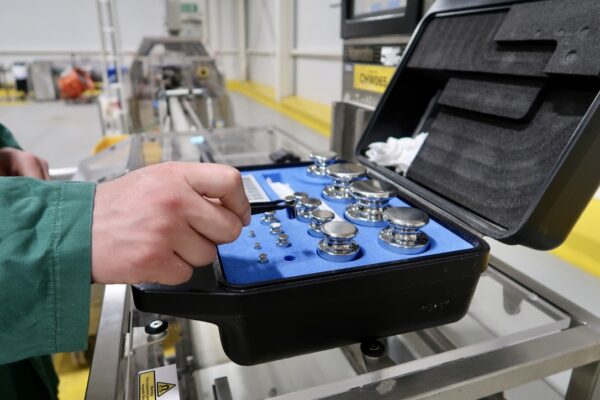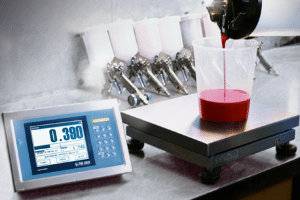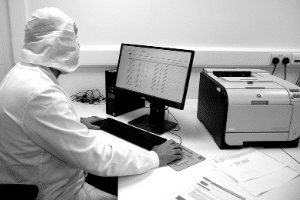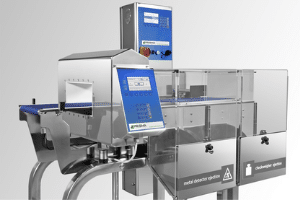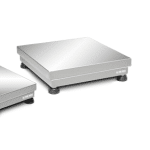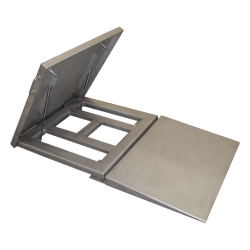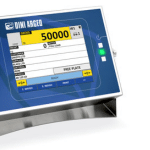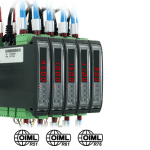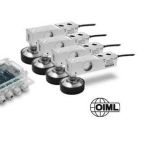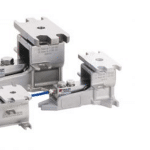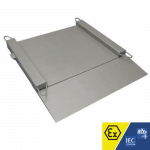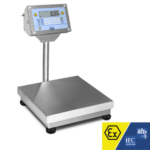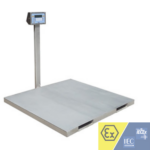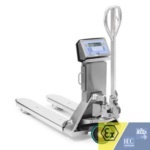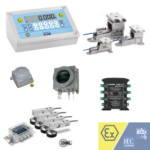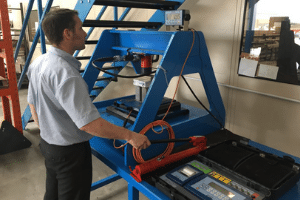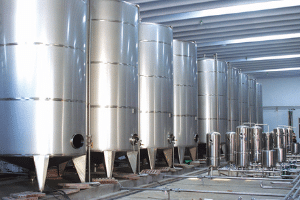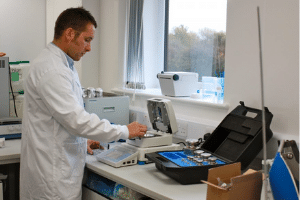How to Identify Differing Issues with Weighing Results
It is important to identify any issues that may arise with weighing results. Issues can occur when data is not accurately collected, when the equipment used for measuring is not properly calibrated, or when incorrect calculations are used.
In order to ensure accuracy of results, it is necessary to identify and address any potential issues before they become a problem.
What Factors Should Be Considered in The Accuracy of Weighing Results?
When evaluating the accuracy of weighing results, there are several factors to consider:
- Balance Accuracy:
This is determined by how accurately a balance or scale can measure the weight of an item and is usually expressed as a percentage of the total weight being measured.
- Repeatability:
This determines how consistent the readings are when measuring the same sample multiple times.
- Linearity:
This measures how closely a balance or scale follows a straight line when plotting readings against increasing weights.
This is the difference between the initial weight and subsequent weighing results after a change in weight has been applied.
- Temperature Fluctuations:
Changes in environmental temperature can affect the accuracy of weighing readings.
- Calibration Frequency:
Regular calibration of a balance or scale is necessary to ensure accurate and reliable results.
- Vibration/Shock:
Any movement or vibration during weighing can cause inaccurate measurements, which is why it’s important to have appropriate isolators or vibration dampening systems in place.
- Operating Environment:
Different operating conditions such as humidity, atmospheric pressure, and temperature can also affect weighing results.
- Contamination:
Any contamination of the sample or the balance/scale itself can lead to invalid measurements.
- Drift:
This is when a balance or scale slowly loses accuracy over time, often due to wear and tear.
How can these issues be solved?
Proper and regular calibration is essential to ensure accurate readings. It’s also important to check all equipment for accuracy, cleanliness, and general maintenance on a regular basis.
Additionally, the amount of data being collected should be proportional to the size of the sample so that it is not overwhelming or underwhelming.
And finally, factors such as temperature fluctuations, vibration and shock, or contamination should be addressed as soon as possible to minimise any potential issues.
What you should avoid on a weighing scale?
When buying a weighing scale, watch out for things like poor quality components, overloading capabilities, lack of calibration options and a short battery life.
These features will ultimately lead to inaccurate readings or a malfunctioning scale, so make sure to look out for any of these red flags when making your purchase.
Overall, by taking the time to consider the above criteria when selecting a good weighing scale, you can be sure that your investment will provide accurate results, reliability and convenience.
For industrial-grade scales, make sure to check if they are approved and certified by authorities or regulatory boards. This will give you the assurance that the scale you purchase has been properly tested for accuracy and reliability.
With careful consideration of these criteria, you can be sure to find the best weighing scale to meet your needs and ensure accurate measurements.
In Conclusion
By taking into account all of these factors when evaluating the accuracy of weighing results, you can ensure that your data is as precise and reliable as possible.
Additionally, regular calibration of your balances or scales should help maintain optimal performance.
